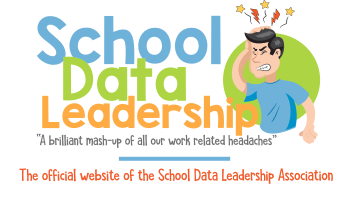Reading fluency is a critical component in the development of reading skills, characterized by the ability to read text smoothly, accurately, and with proper expression and comprehension. It acts as a bridge between the mechanical decoding of words and the more advanced skill of comprehension, enabling readers to focus not just on recognizing words, but on understanding and interpreting the text.
Key Elements of Reading Fluency
-
Accuracy: This involves the correct decoding of words as they appear in the text, recognizing and pronouncing words properly.
-
Rate: Refers to the speed at which a text is read. A fluent reader reads at a pace that is not too fast to hinder comprehension, nor too slow to break the flow and meaning of the text.
-
Prosody: This encompasses the use of appropriate pitch, tone, volume, and emphasis in reading. Prosody indicates a reader's ability to convey the emotions and the rhythm of a sentence, enhancing the listener’s understanding and engagement.
Importance of Reading Fluency
Reading fluency is pivotal for several reasons:
-
Enhanced Comprehension: Fluency frees up cognitive resources, allowing the reader to focus more on the meaning of the text rather than on the decoding of individual words. This shift is crucial for understanding and integrating ideas, making inferences, and drawing conclusions from the text.
-
Increased Speed: As fluency develops, the reader can process text more quickly, which is essential for academic success, especially as the volume and complexity of required reading increase with higher grades.
-
Improved Confidence and Motivation: Fluent readers are more likely to enjoy reading and engage with texts more deeply and frequently, contributing to better overall academic performance and a lifelong love of reading.
Developing Reading Fluency
Achieving fluency is a gradual process that involves several instructional strategies:
-
Repeated Reading: Students read the same text multiple times until they can read it smoothly and with expression. This practice helps solidify decoding skills and builds confidence.
-
Guided Oral Reading: Reading aloud under the guidance of an experienced reader (such as a teacher) provides immediate feedback, helping to improve accuracy and prosody.
-
Modeling Fluent Reading: Teachers or other proficient readers demonstrate fluent reading, showing students how skilled readers navigate text.
-
Choral Reading: Students read aloud in unison with a group. This can build fluency and reduce the anxiety of struggling readers as it allows them to participate without the fear of individual mistakes.
-
Use of Technology: Audio books, reading software, and other digital tools can help students engage with text in interactive ways that support the development of fluency.
For elementary teachers, fostering fluency should be a priority in reading instruction. It involves consistent practice, positive reinforcement, and a supportive learning environment that encourages risk-taking and gradual improvement. By integrating fluency-building activities into daily reading lessons, teachers can help students become more proficient readers, setting a strong foundation for future academic success and a lifelong enjoyment of reading.
